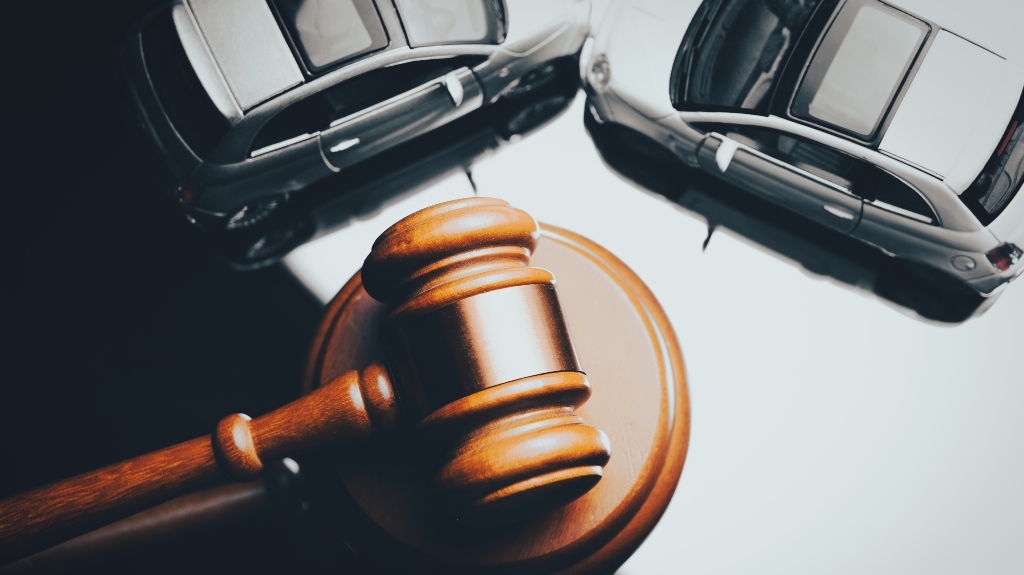Most people think of rideshare accidents as something that happens while a driver has a passenger in the car. But what happens if there’s an accident when the driver is just waiting for a ride request with the app still running? That moment in between trips can be confusing, especially when it comes to figuring out who’s responsible and what kind of insurance coverage applies.
Whether you’re driving, walking, or in another vehicle, it helps to understand how companies like Uber and Lyft handle accidents during this downtime. The rules are not always clear, and getting the right information early on can really make a difference. If you’ve been involved in this type of situation and have questions about what to do next, it’s a smart idea to talk with someone who knows how these cases work. Reach out to Fabbrini Law Group to learn more about your options and protect your rights.
The Three Periods of Rideshare Coverage
If an Uber or Lyft driver gets into an accident, what happens next depends a lot on what they were doing at the time. Rideshare insurance is split into three main timeframes, and each one affects how much coverage is available.
- Period 1 starts when the driver opens the app and is waiting for a ride request. The car is ready to go, but no passenger has been matched yet. During this period, the driver is covered—but just barely. Uber and Lyft offer limited liability coverage here, and it usually only kicks in if the driver’s personal insurance won’t cover the claim.
- Period 2 begins once a driver accepts a ride and is on the way to pick someone up. At this point, the coverage improves. The companies provide more substantial liability protection, and there may also be coverage for damage to the driver’s own vehicle, depending on their personal insurance policy.
- Period 3 is when the passenger is actually in the vehicle. This is the most protected stage, with coverage that typically includes up to $1 million in liability, plus other benefits like uninsured motorist protection and damage coverage.
Knowing which period applied at the time of an accident matters. It can affect what help is available and how quickly you can move forward with a claim.
What Uber and Lyft Cover During Period 1
When a driver has the Uber or Lyft app open and is waiting for a ride request, they are considered to be in what is called Period 1. This is a tricky time when it comes to insurance because the coverage is limited and not always well understood.
During this period, both companies offer what is known as contingent liability coverage. That means the rideshare company’s insurance may apply, but only if the driver’s personal auto insurance does not cover the accident. It is not the first layer of protection and often comes with several conditions.
The coverage generally includes up to fifty thousand dollars for injury to one person, one hundred thousand dollars total per accident for bodily injuries, and twenty five thousand dollars for property damage. This is meant to cover the basics, but it may not be enough for more serious incidents.
Another important point is that this coverage usually does not include damage to the driver’s own vehicle. That kind of protection only applies if the driver has their own collision coverage and sometimes a rideshare endorsement added to their personal policy.
In short, there is some insurance protection during Period 1, but it’s limited and often leaves gaps. If an accident happens during this time, figuring out who pays what can become complicated very quickly.
What This Means for Drivers and Accident Victims
If an accident happens while a rideshare driver is waiting for their next request, the insurance situation can get confusing fast. This period often does not come with the full protection people expect, and that can create problems for both the driver and anyone else involved.
For drivers, it’s imperative to understand that the coverage available during this time is limited. If they are not carrying additional rideshare coverage on their personal policy, they might end up paying for damages or injuries out of their own pocket. Many drivers don’t realize this until after an accident, when it is too late to make changes.

For others on the road, like passengers in other vehicles or pedestrians, the challenge is knowing what kind of insurance is actually in play. If the driver is not on an active trip, the rideshare company’s policy may offer only basic coverage. That means the money available to cover medical bills or repair costs might not be enough.
These cases can quickly turn into a tangle of insurance questions and legal gray areas. That’s why it’s so important to understand the driver’s status at the time of the crash and to collect as much information as possible. If you are not sure what to do, getting advice from a lawyer who handles rideshare accidents can help you move forward with a better sense of what your options really are.
Speak With an Illinois Rideshare Accident Lawyer Today
Rideshare accidents are not always simple, especially when they happen between rides. Whether you are a driver, a passenger, or someone else on the road, figuring out who is responsible and what insurance applies can be a challenge. These cases often involve multiple policies and complex details.
If you are unsure about what to do next, speaking with an experienced attorney can give you clarity. At Fabbrini Law Group, we know how Uber and Lyft insurance works and what it takes to protect your rights. We are here to guide you every step of the way.
Don’t try to handle it on your own. Contact Fabbrini Law Group today for a free consultation and find out how we can help.


